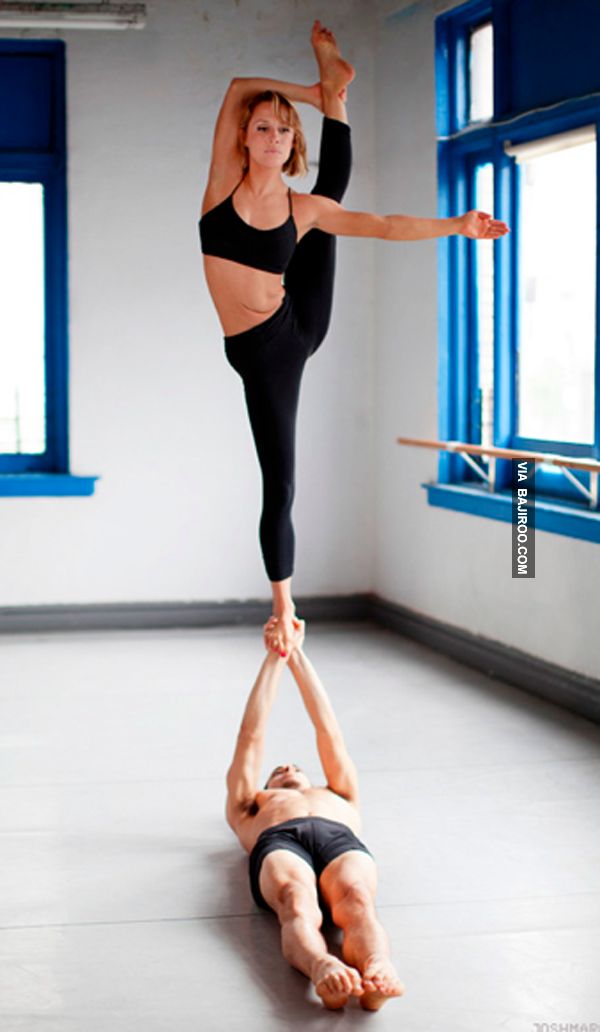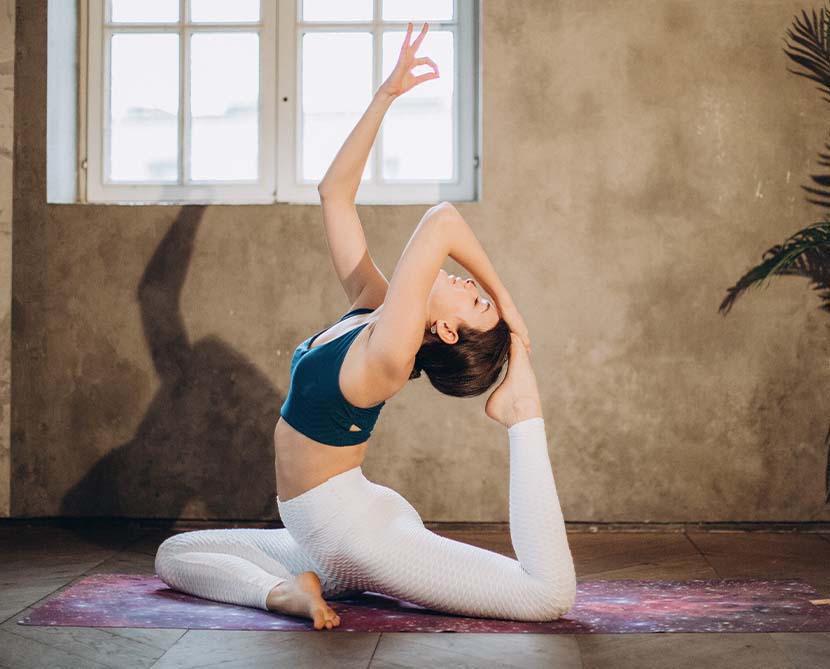
There are some benefits to yoga for flexibility. However, there are also potential risks. Your muscles may become tighter, which could lead to pain and poor posture. In addition to back, shoulder and neck pain, injuries can also occur. Also, tight muscles can cause damage to the surrounding muscles and tendons. This could lead to long-term injuries. Although flexibility may not seem like a super power, it is a necessary component of overall health.
Downward dog pose
The Downward Dog Pose of yoga is a strong pose that strengthens bones. It increases flexibility and blood flow. It helps to flush toxins out and improve immunity. It can prevent you from getting injured, such a carpal tunnel syndrome.
Airplane pose
A yoga practice on an airplane is a great way to get more limber and stretch the spine. Start by bending your legs, while looking up. Bring your calves back to the front of your thighs by bending your knees. This position will allow for a longer spine and help to stretch your shoulders. For greater hip openness, your elbows may be used to press on your knees.

Yin Yoga
Yin yoga focuses on the connective tissues that are interconnected between muscles and fascia throughout our bodies to increase circulation and flexibility. These tissues can become stiffened and tense as a result of injury, poor posture, or aging. This can cause pain, and limit motion. Even mild stress can cause this to happen.
Twists
Yoga twists are a great way to increase flexibility and support your back. Twists can be used to stretch your hips, chest and back. You can increase the intensity of twists by binding your body or using props. Be aware that twists can be dangerous for pregnant women. You should speak with a certified yoga instructor to learn more. Also, avoid twists that press on your abdominal cavity. For example, Twisted Triangle and Revolved Side Angle Pose are not suitable for pregnant women. But gentle twists such a Parivritta Janu Sirsasana may be okay for women in their first trimester. For safety and to avoid complications, it is a good idea to seek out a qualified yoga teacher if you are just starting to practice.
Backbends
Backbends are an important part of yoga to improve flexibility. These poses can stretch your back, and can give you a range of emotions. Start by warming up. It will make the backbends go more smoothly.
Neckbends
Neckbends for flexibility in yoga are a great exercise to stretch the neck and shoulders. These exercises can help prevent back pain. It is essential to practice any yoga pose with proper technique.

Calves
Yoga for flexibility and flexibility in the calves includes a few simple postures that strengthen the calf muscles. To get the greatest benefit, it is recommended that you do the exercises at least three to four times a week. Try the tabletop, which you can do on your hands and knees. This pose requires you to spread your fingers wide, and then press into the ground. To finish, you should also tuck the toes of your fingers and raise your hips up in the air. The Downward dog is another option.
FAQ
What are some of the benefits of yoga to beginners?
Yoga can help you improve your posture, flexibility and strength as well as your breathing control, relaxation, mental clarity, and overall posture. Yoga helps you to be more aware yourself, others, the world, and everything around you.
Yoga can help you live life fully. You are taught to listen to your mind and body. Accept yourself for who you are. It is possible to let go tension and stress.
It is possible to relax and enjoy your life.
What are the differences among Hatha, Ashtanga Vinyasa Power Yoga and Vinyasa Hatha? ?
There are so many types of yoga out there. Each has its own unique way of achieving balance in life.
These are some of the most well-known forms of yoga:
Hatha - This involves stretching and poses that focus on core strength and flexibility.
Ashtanga – This is slow-paced movement that builds strength and stamina.
Vinyasa Yoga - This type allows you deepen your breathing by incorporating fast-flowing sequences.
Power – A form of power-yoga that features more difficult moves.
Kripla - One of the oldest forms and traditions of yoga, Kripla dates back thousands of year.
Bikram: This form of yoga is done in heated rooms.
Are yoga mats expensive?
A high-quality yoga mat can be purchased for between $20-$100, depending on its size or material.
Do I need to get warm before doing yoga?
No. It doesn't matter if you are warming up before starting a yoga class.
Stretching your muscles before you exercise can help to loosen stiff muscles.
Can I join classes with others?
It all depends on what class you are in. Some teachers only offer private lessons. Others offer group classes where you can meet other students in the class.
Some studios offer "classes within classes", which allow you to be paired up with someone who has similar interests and goals.
Is yoga safe for everyone?
Yoga is safe to practice for all ages and abilities. Yoga has been used for thousands of years with no side effects.
If you have any questions, consult your doctor before beginning a new exercise routine.
Statistics
- According to calorie estimates calculated at Harvard Medical School, the average 125-pound person burns about 120 calories in a half hour of hatha yoga, and a 185-pound person burns about 178 calories in that half hour. (everydayhealth.com)
- Lock in 25% off your Founding Member rate. (corepoweryoga.com)
- According to the Agency for Healthcare Research and Quality, falls are incredibly common among older adults in nursing facilities. Even the simplest ones can increase the risk of death (24). (healthline.com)
- About one in seven U.S. adults practiced yoga in the past 12 months, according to a 2017 national survey. (nccih.nih.gov)
- A 2020 review of 27 studies (1,805 total participants) of yoga interventions in children or adolescents found reductions in anxiety or depression in 70 percent of the studies, with more promising results for anxiety. (nccih.nih.gov)
External Links
How To
Is yoga a good way to exercise?
Yoga isn't for people who just want to lose weight. It can also help you achieve flexibility, balance, coordination and strength.
Yoga is not just exercise; instead, it's an art form. They are used to relax and meditate. They can improve our posture, concentration and breathing.
The term "yogi" refers to someone who practices yoga. Yogis follow various forms of yoga, including Hatha, Ashtanga, Iyengar, Vinyasa, Bikram, Kundalini, Yin Yang, and Restorative.
There are many different types of yoga. They all have the same goals. Each type focuses differently on health and wellbeing. Yoga styles that include meditation, pranayama, or Hatha are all examples.
Some yoga exercises don't require you to have any equipment
-
Sun Salutation: This series of 12 postures begins with a forward bent, and then 10 additional poses.
-
Warrior Pose: While holding a stick, or staff, you can do a warrior pose.
-
Triangle Pose - This pose involves lifting one leg behind you and bending at the knee.
-
Standing Forward Bend - This pose is performed by sitting on the floor with legs straight and then folding forward at the waist.
-
The seated twist is done while sitting on a mat or chair.
-
Cobra Pose – This is a pose where you lie flat on your back and raise your arms above your head.
-
Child's Pose - This pose is done while lying face up on the ground.
-
Cat/Cow Pose -- This pose is a mix of a cow pose and a cat pose. Keep your head down and raise your upper body above the ground. Place your hands on your shoulders and roll over to the side.
-
Head tilt - This is a pose where you tilt your head back while keeping your eyes open.
-
Shoulder Stand – This is a standing position in which your feet are raised above your head.
-
Tree Pose – This pose involves kneeling on your heels with your hands beneath your shoulders.
-
Bow Pose: This pose requires you to bend forward from the hips, and then place your palms on ground.
-
Corpse Pose – This pose can be held for up to five minutes.
-
Mountain Pose: This pose is known as mountain pose, because it requires you to stand tall and keep your spine straight.
-
Legs up the wall Pose - This is a pose where you hang upside-down from a brick wall.
-
Side Angle Pose -- This pose requires you to lean against a wall and place your right arm in front of the wall.
-
Plank Position: This is when your legs are bent at the waist and your arms extend out to one side.
-
Bridge Pose: This pose can be achieved by balancing on your elbows or toes.
-
Reverse Table Top Position - You can achieve this pose by lying on your stomach and reaching towards the ceiling.
-
Handstand - This pose requires balance and strength. To do this pose, you can either hold yourself between two walls or a door frame.
-
Half Moon Pose- Also known as Hero Pose. It involves standing on your hands with your toes.
-
Handstand or Headstand - This pose requires balance and strength. You can perform this pose either on a wall or using a doorframe.
-
Forearm Balance -- This pose involves your forearms resting on top of a tabletop.
-
Spinal twist - This is a pose where your belly lies while your arms reach your arms.
-
Supported bound angle pose - This pose needs support and balance. You will need to find a sturdy object like a tree branch or an old beam to lean on.
-
Wide Leg Forwardfold - To achieve this pose, spread your legs apart while touching your toes.
-
Single Pigeon Pose-This pose is very similar to the wide leg forward folded, but only has one leg.
-
Extended Puppy Dog Poses-This pose is extremely relaxing. It involves extending your legs outward and bent your knees.
-
Situated Forward Bend – This pose allows you to sit cross-legged while stretching your calves.
-
Crow Pose - This pose is difficult to do but very rewarding once you master it. This is achieved by elevating your arms above your head, and then lowering your arms until they are parallel to the ground.